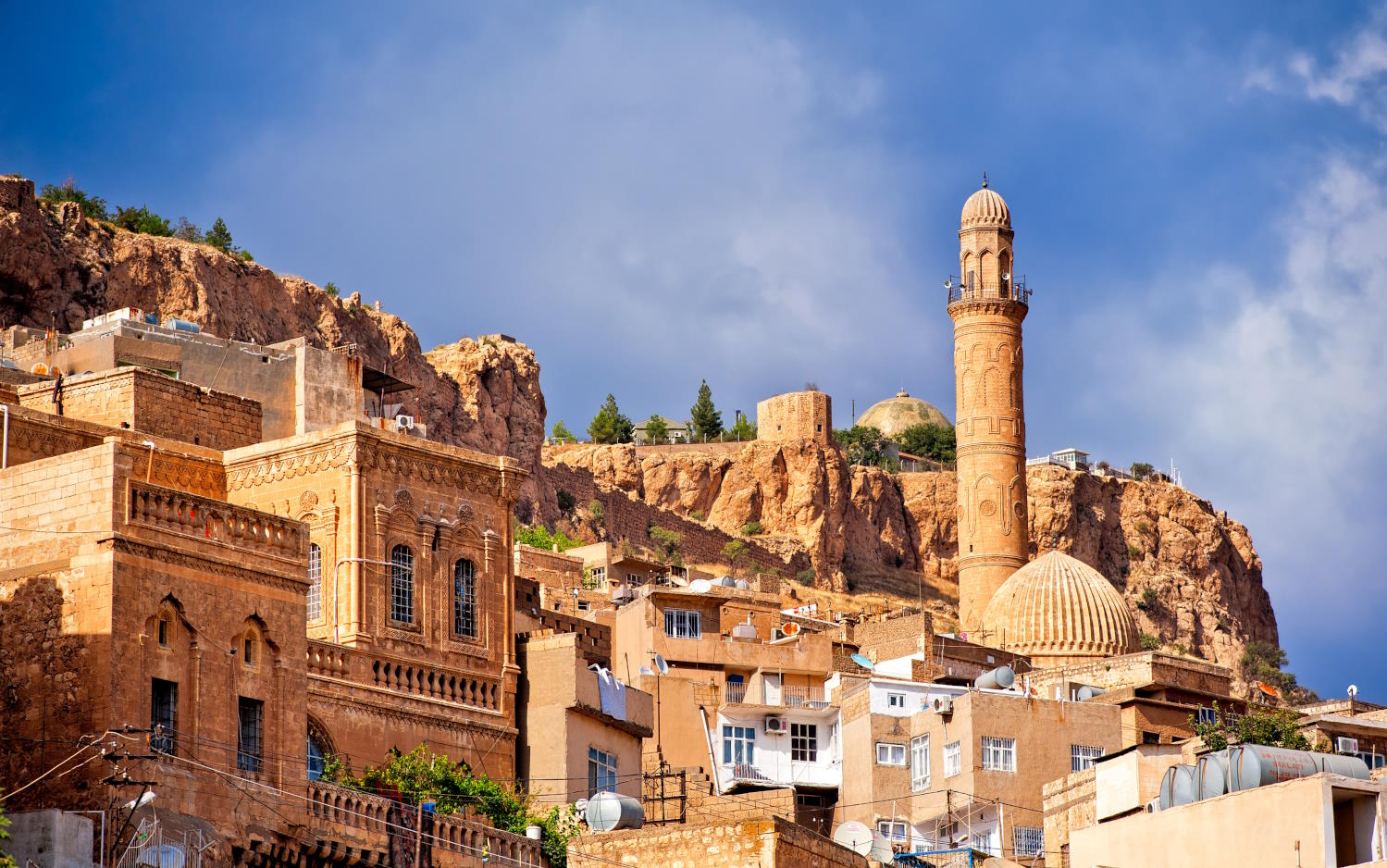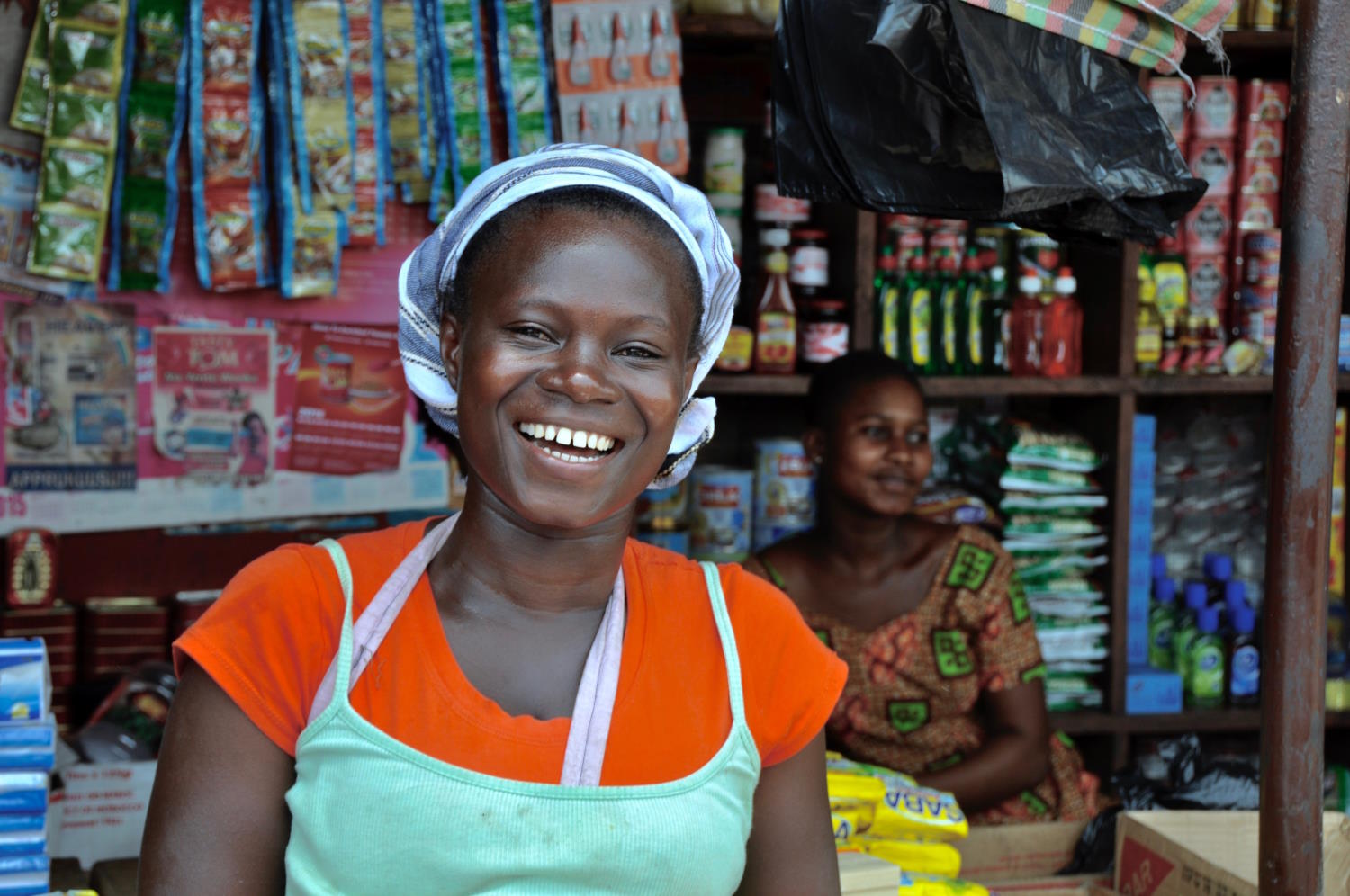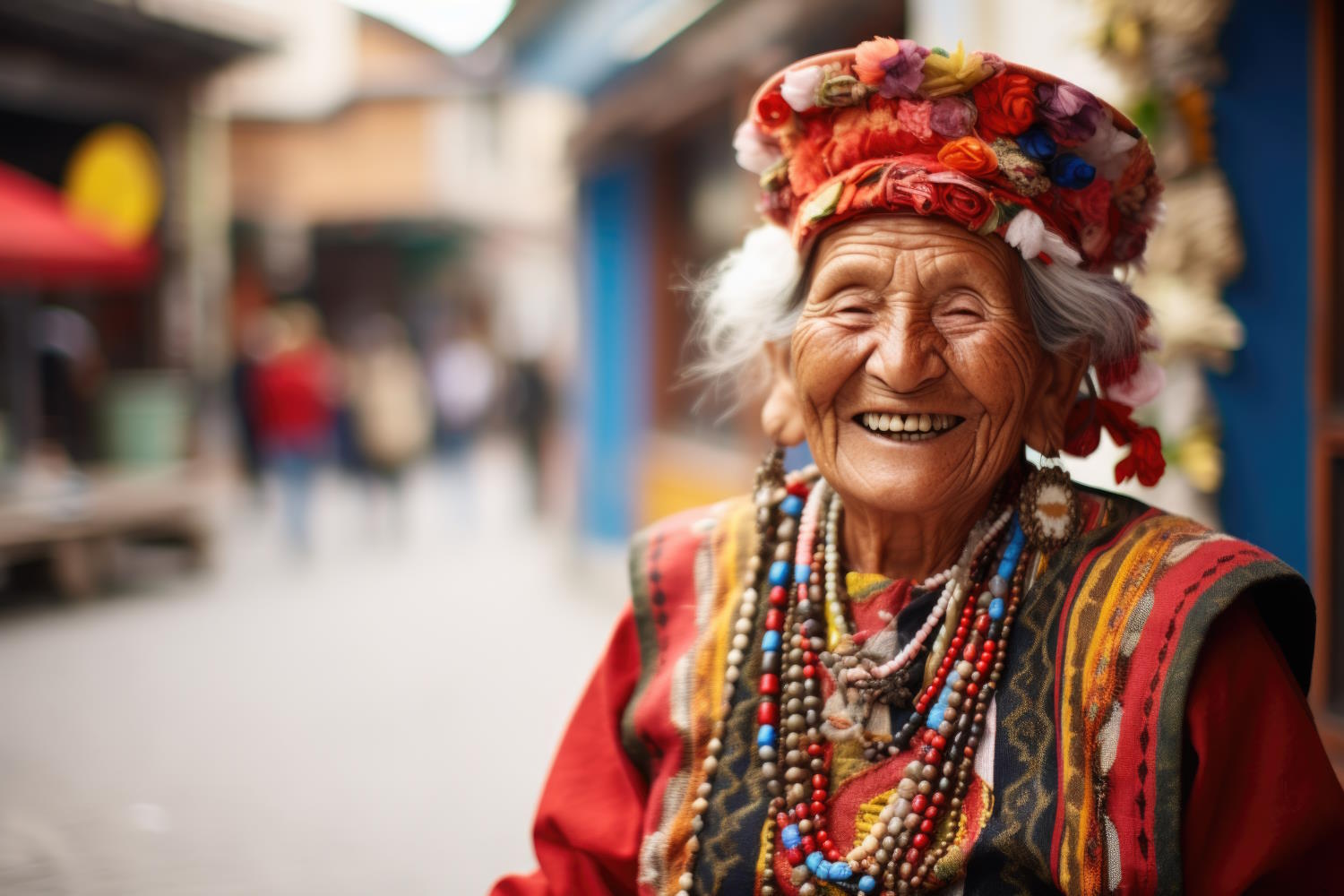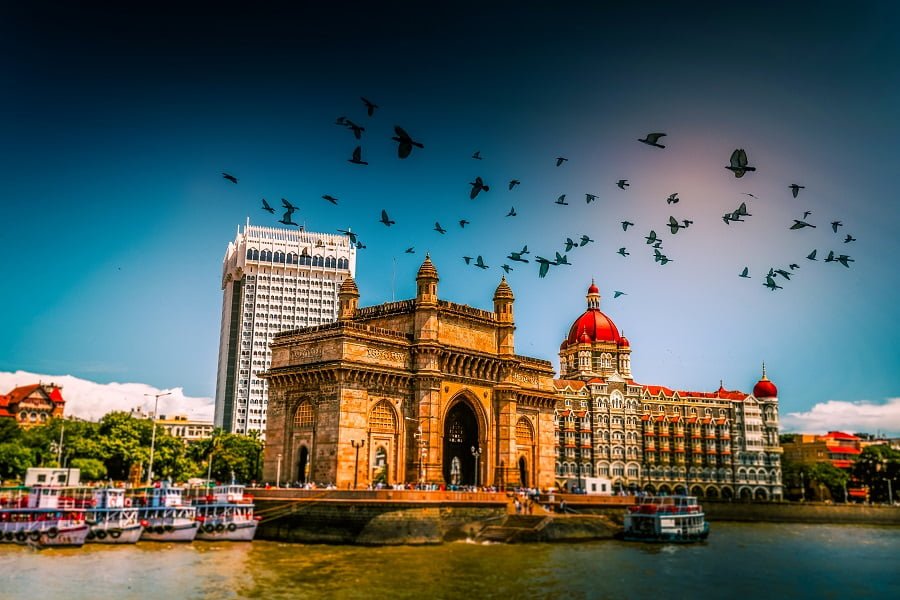Romance Around the World
Red roses filling supermarket aisles, cute teddy bears smiling in shop windows, restaurants laying out their finest tablecloths and candles: love is definitely in the air!
Whether you’ll be celebrating Valentine’s, Palentine’s, or just having a date with your Netflix account this February 14th, take a trip around the world with us and discover some fascinating romantic traditions from other cultures!

Japan Valentines Traditions
Celebrating love in Japan is a two-part affair: the first is Valentine’s Day on the 14th of February, where women give different types of chocolate to men. Honmei-choco (本命チョコ, ‘true love chocolate’) is given to their significant others, whereas giri-choco (義理チョコ, ‘obligation chocolate’) is given to male friends, family, and colleagues.
In recent years there has been a lot of backlash against the concept of giri-choco, as it creates societal pressure for women to spend lots of money on gifts for people they are not close with. As a result, it has become increasingly common to see women giving themselves jibun-choco (自分チョコ, ‘self-chocolate’), or giving their female friends tomo-choco (友チョコ, ‘friend chocolate’) instead of giving giri-choco on Valentine’s Day.
The second part of these festivities comes a month later on the 14th of March, when people celebrate White Day (ホワイトデー). On this day, the roles are reversed, and men give gifts to the women who gifted them chocolate on Valentine’s Day. As the name implies, the gifts are usually white, and can range from marshmallows to expensive white silver jewellery! The term sanbai gaeshi (三倍返し, ‘thrice the return’) is the generally accepted rule that the gift a man gives a woman on White Day should be about three times more expensive than the gift she gave him on Valentine’s Day!

Kurdistan (region including Turkey, Iran, Iraq, and Syria)
On Valentine’s Day, Kurdish people hold feasts to celebrate love, and you will commonly see people gifting one another sêva mêxekrêj: apples ornately decorated with cloves.
This tradition has existed for centuries, with references to sêva mêxekrêj appearing in many Kurdish folk tales and songs, and it was typically shy girls who would gift sêva mêxekrêj to the object of their affections to confess their feelings. The apple, representing the story of Adam and Eve, is thought to bring people love and luck.
For some, the colour of the apple is significant: you may be gifted a green apple and asked if you think it’s red or white; if you say red, it means you have romantic feelings for the other person, and if you say white, it means you just see them as a friend.
Chinese Romantic traditions
In China, people celebrate Qixi Festival (七夕), also known as Qiqiao Festival (乞巧), on the seventh day of the seventh month in the Chinese lunar calendar. In 2024 it will take place on the 10th of August! This is a romantic festival to celebrate the day that, according to Chinese mythology, the two lovers Niulang (牛郎, ‘cowherd’) and Zhinü (織女, ‘weaver girl’) meet on a bridge made of magpies every year.
As the myth goes, one day a man named Niulang meets Zhinü, a Celestial Fairy whose job is weaving clouds for the Celestial Mother. The two fall deeply in love and eventually marry. Upon discovering that Zhinü has married a mortal, the Celestial Mother is outraged and orders Zhinü back to the Heavens immediately. A heartbroken Niulang uses a magic leather coat to ascend to the Heavens, almost reaching Zhinü before the furious Celestial Mother carves out a gigantic white river, the Milky Way, to separate the two lovers forever.
However, a group of magpies takes pity on Niulang and Zhinü, and once a year on the seventh day of the seventh month, they fly over the river to form a bridge, allowing the two to reunite for one day only.
Similarly to Valentine’s Day, couples celebrate their love for one another during the Qixi Festival by sharing gifts, but they also spend time stargazing to search for the stars Altair and Vega (representing Niulang and Zhinü) sparkling together in the Milky Way. Women also traditionally pray to Zhinü for wisdom, happiness, and love on this day. A commonly eaten snack during the Qixi Festival is a sweet pastry called a qiǎo guǒ (巧果), because its name sounds like qiáo (桥), meaning ‘bridge’!

Ghana Loves Chocolate
In 2005, the Ghana Tourism Authority declared that the 14th of February would not only be Valentine’s Day but also Chocolate Day! Chocolate Day aims to promote the Ghanaian cocoa industry domestically, as despite Ghana being one of the world’s top producers of cocoa, chocolate is not a particularly popular treat amongst Ghanaian people.
The second goal of Chocolate Day was to create a more family-friendly alternative to Valentine’s Day, as some of its founders felt that the themes of love and passion usually associated with Valentine’s Day were inappropriate for children. The Ghana Tourism Authority hoped that Chocolate Day would make children see the 14th of February as a day to celebrate their friends and family and be proud of Ghanaian chocolate, rather than a day about romantic love.
Chocolate Day is still going strong today, and celebrations in recent years have included raves, concerts, variety shows, and the opening of a ‘chocolate city’ that sells any chocolate product you could dream of.
Love in Wales
In Wales, people celebrate Dydd Santes Dwynwen (‘Saint Dwynwen’s Day’) on the 25th of January. Saint Dwynwen is the Welsh patron saint of lovers, as well as sick animals.
According to legend, she lived in the 5th century and was the King of South Wales’ most beautiful daughter. She fell in love with Maelon Dafodrill, who was a prince from a neighbouring region. When Maelon asked Dwynwen’s father for her hand in marriage, he refused, as he had already promised her to someone else.
A heartbroken Dwynwen begged God to help her forget Maelon, and so an angel turned the prince into a block of ice. Dwynwen was then granted three wishes: first, she wished for Maelon to be thawed; second, she wished that God would look after all true lovers; finally, she wished to never marry. Out of gratitude to God, Dwynwen then became a nun and dedicated her life to helping others.
There is evidence that Dydd Santes Dwynwen was celebrated in Wales as far back as the fifteenth century, but at some point, it dwindled in popularity. Things changed in the 1960s when there was a movement to revive the observance of Dydd Santes Dwynwen, and it is now very popular amongst Welsh lovers, who spend the day celebrating their love for one another and exchanging cards and gifts.
Denmark
People in Denmark traditionally send the object of their affection gækkebrev (‘trick letters’) on Valentine’s Day. They write a humorous poem on a white piece of paper, which they then fold up and carefully cut designs into, like the paper snowflakes many British children will remember making in school! People will then often collect snowdrops and put them inside the note.
Instead of signing gækkebrev with their name, people send them anonymously and sign by drawing one dot for every letter in their name. The recipient must try to guess who wrote them the letter, and if they guess correctly, the sender must give them an Easter egg when Easter rolls around! If they can’t figure out the name, they owe their admirer an Easter egg instead. Gækkebrev are not just for Valentine’s Day; people send them at Easter as well.

Bolivia
Instead of the 14th of February, people in Bolivia celebrate Valentine’s Day, or El Día del Amor, on the 21st of September. As one might expect, couples exchange gifts, flowers, chocolates, and sweets. However, lovers are not the only stars of the day: the 21st of September is also El Día de la Amistad (‘Friendship Day’), El Día del Médico (‘Doctors’ Day’), El Día del Estudiante (‘Students’ Day’), and El Día del Fotógrafo (‘Photographers’ Day)!
The 21st of September is a truly joyous day in Bolivia, with so many different events to attend and holidays to celebrate. It is common to see academic institutions hosting events to honour their students, or people gifting treats to their closest friends. People in Bolivia also celebrate the beginning of Spring in the Southern Hemisphere on this day. The 21st of September is definitely not a day to miss!






